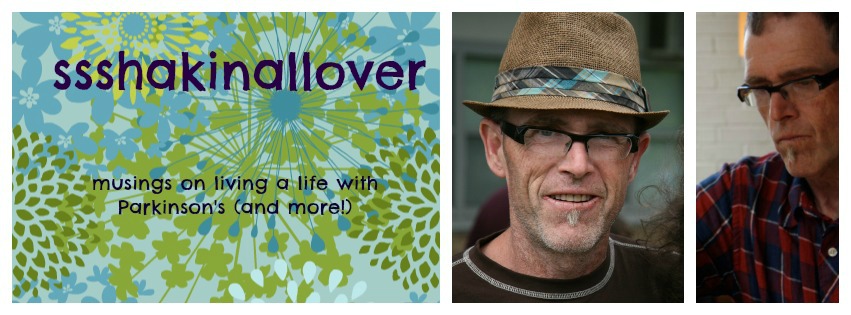 |
| the dance by mdivad, deviantart |
I’m not a dancer. I don’t know a demi pointe from a derrière, a piqué from a passé. I am slightly over-weight, lose my breath when climbing stairs, and have an aversion to wearing tight clothing of any description. You will not find me in spandex riding with the guys on Sundays. I won’t be at your local health club spinning or working on a treadmill.I am not athletic, I do not have graceful or flowing movements and have no desire for the perfect sculpted body.
Except on Tuesdays.
On Tuesdays I have a date. Every week, I wake up to my normal routine - take my medication, make coffee, get everyone set for school/work, walk the dog. But on Tuesday’s, it’s different. I have different affairs to attend to. It starts early as I think back to last Tuesday and remember fondly the music of that day. I try to remember the movements and new positions I learned. I linger a little longer at my closet trying to pick my wardrobe. I pack up everything I might need in a discrete bag and spirit off to the city for my “rendezvous”. As i draw closer to downtown, I feel an almost giddy excitement come on.
And then I am there. A beautifully modern six-storey glass and stainless steel structure accented by warm woods. It is snuggled up against a few century homes and older apartment buildings. Once inside, the building is teaming with young, healthy, toned bodies. The first time I entered here I felt very much out of place. Uncomfortable with what I was about to do. Though today I have no shame. I’m happy to be here.
Here, you see, is the National Ballet School of Canada. I am here for my weekly class “Dancing with Parkinson’’s”. Each week 20-25 people with PD, of varying age and ability, gather with the support of 8-10 fabulous volunteers and 2-3 talented instructors to spend the morning dancing. We go through regular stretching, practice steps and maneuvers, dance in different configurations, to different (mostly live) music. We’re always trying something new too and, more often than not, I’m not the only one to awkwardly stumble through a routine. Yet - and here is one of the keys to the success of this program - never do you get the feeling of being embarrassed or looked down upon. It’s a supportive and reassuring group of people.
Yet there is more to it than this. I recall in my second class, we had a visiting instructor from NYC come to lead the class and we were divided into two groups on opposite sides of the stage. In our dance, we were to represent the two rival gangs of West Side Story, slowly moving towards each other - alternating between vicious, aggressive affrontations and the occasional fearful retreat. The aggression ends with a powerful assault aimed at the other gang and, as the music becomes more serene, each gang member slowly approaches a rival gang member, reaches out and gently we press each others hands together. Face to face and eye to eye, hands move slowly in unison in and around each others bodies - almost caressing, gentle and caring. Very peaceful. Very loving. Very moving.
For me, that dance points to one of the most beneficial aspects of dance. I can’t think of another group activity or leisure pursuit where you actually look at other people. Not just glance in the direction of another person, but look at someone with your eyes. Not only is this extremely positive for people with PD, many of whom live fairly isolated lives, but for we as humans. In an ever increasing technological world, we are becoming further removed from our fellow human beings. Dance helps bring that back to us.
Further, and somewhat related, I believe that what makes this program successful is that dance is something you rarely do alone. You have to do it with a partner. Or with a small group. Or with the entire group. In our “Dancing with Parkinson’s” class, we are dancing together with a shared challenge - a shared purpose. When each class ends, we gather holding hands in a large circle to bid one another adieu and, though this signifies the end of the morning’s activity, it only serves to cement the shared experience we’ve just been through. Yes, we are dancing together. We are dancers!
We’ll gather together briefly for coffee and socializing before heading home. As I walk towards the exit, I pass a studio where boys and girls are practicing their routines. I pass the library teaming with dance magazines, books and posters. Another group assembles in the cafeteria for lunch. The bulletin board is crowded with up-coming dance events across the city. In another studio, a group of young men dart and fly through air. I linger for a moment before moving on. I am struck by their talent, their energy, their heart. “They are dancers” I think to myself. But I’m a dancer too!
** Please note ** Later this month, I will be involved in 2 fundraising events supporting dance and PD. If you are able, I would appreciate your donation - however tiny it may be! For more info, click here.










